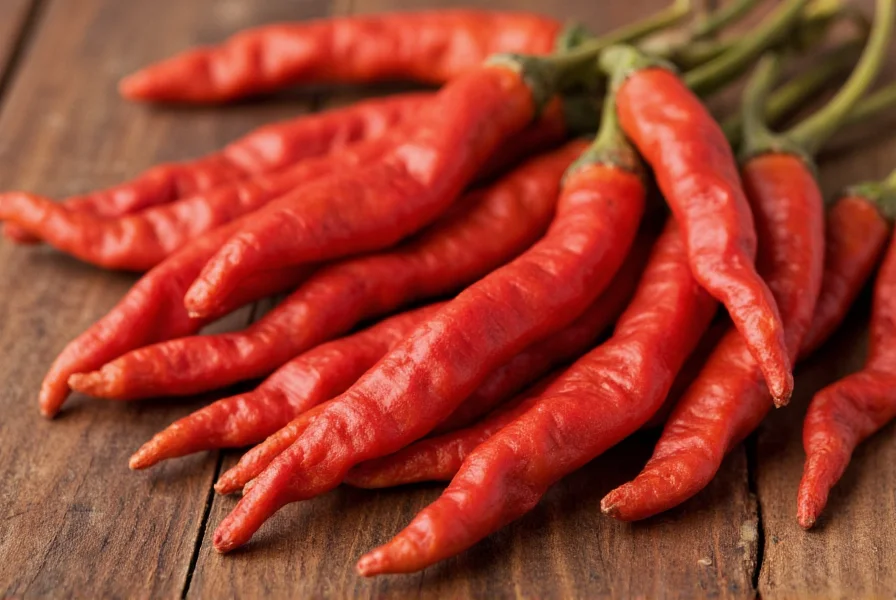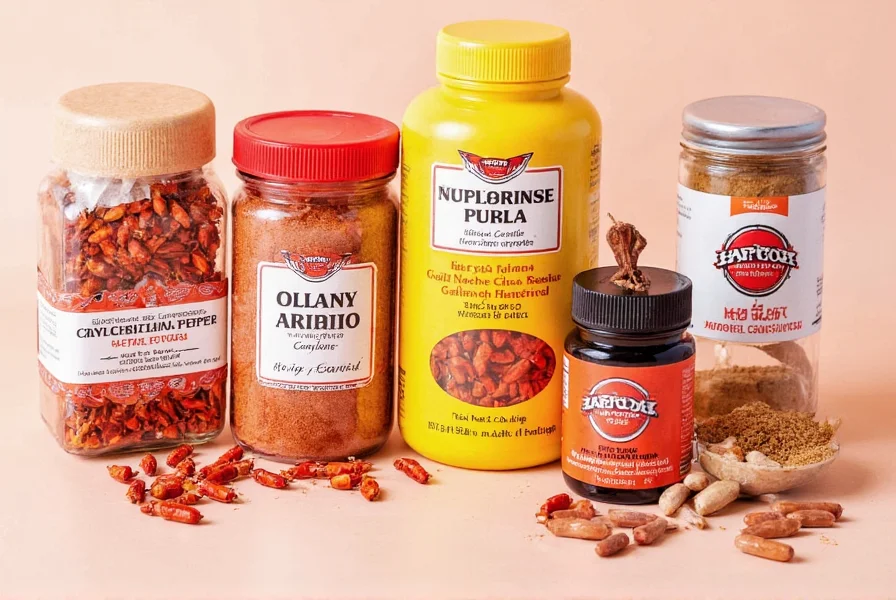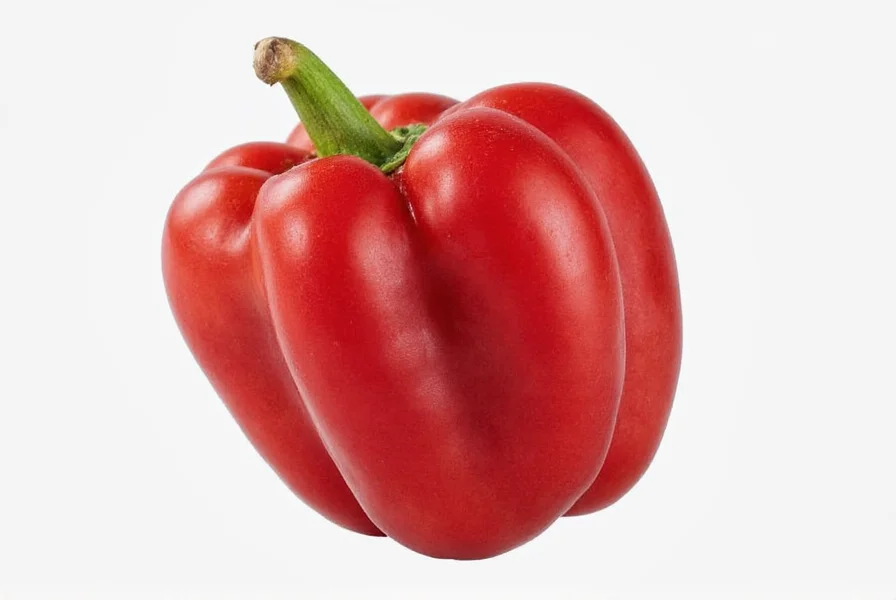Cayenne pepper, scientifically known as Capsicum annuum var. grossum, represents one of the most recognizable hot peppers in global cuisine and traditional wellness practices. Despite frequent misspellings like “cayan pepper,” this vibrant red spice has maintained culinary relevance for centuries across diverse food cultures. The distinctive heat of cayenne comes primarily from capsaicin, a bioactive compound that triggers thermogenic responses in the human body while delivering distinctive flavor to dishes.
What Exactly Is Cayenne Pepper?
Cayenne belongs to the nightshade family (Solanaceae) and shares botanical roots with bell peppers, jalapeños, and paprika. Mature cayenne peppers typically measure 2–5 inches long with tapered ends and ripen to a bright red color. Their heat level ranges from 30,000 to 50,000 Scoville Heat Units (SHU), placing them significantly hotter than jalapeños (2,500–8,000 SHU) but milder than habaneros (100,000–350,000 SHU).

Historical Journey From Central America to Global Kitchens
Originating in French Guiana (which inspired its name), cayenne pepper spread through trade routes to Africa, India, and Southeast Asia, where it became integral to local cuisines. Portuguese traders introduced it to Africa in the 15th century, while Spanish explorers brought it to Europe. Unlike black pepper, which was historically expensive and reserved for elites, cayenne provided an affordable, accessible heat source that democratized spicy flavors across social classes.
Nutritional Composition and Active Compounds
A single tablespoon (5g) of cayenne powder contains:
| Nutrient | Amount per Serving | % Daily Value |
|---|---|---|
| Calories | 17 | 1% |
| Vitamin A | 44% DV | Excellent source |
| Vitamin E | 8% DV | Good source |
| Vitamin C | 7% DV | Moderate source |
| Capsaicin | 0.1–1.5% | Primary bioactive compound |
The star component, capsaicin, constitutes approximately 0.1–1.5% of dried cayenne by weight. This compound interacts with TRPV1 receptors in the mouth and skin, creating the characteristic burning sensation while triggering endorphin release. Research suggests capsaicin may support metabolic function and pain management when consumed in appropriate amounts.
Culinary Applications Across Global Cuisines
Chefs and home cooks utilize cayenne pepper in diverse ways depending on regional traditions:
- American Southern cooking: Added to gumbo, jambalaya, and cornbread for subtle heat
- Indian cuisine: Incorporated into curries and chutneys, often combined with other spices
- Mexican dishes: Used in salsas, mole sauces, and as a table condiment
- Creole seasoning: Essential component in blends like cayenne-based Louisiana hot sauce
Unlike fresh peppers, dried and ground cayenne provides consistent heat distribution in dishes. Professional chefs often add it early in cooking to mellow the heat while preserving flavor, or at the end for sharper spiciness. When substituting cayenne in recipes, remember that 1/8 teaspoon of cayenne typically equals one fresh serrano pepper.
Evidence-Based Health Considerations
While cayenne pepper shouldn't replace medical treatment, research indicates several potential wellness benefits:
Metabolic support: Studies published in Appetite journal suggest capsaicin may temporarily increase metabolic rate by 4–5% through thermogenesis. This effect appears most pronounced in individuals not regularly consuming spicy foods.
Digestive health: Traditional medicine systems have long used cayenne to support digestion. Modern research indicates it may stimulate digestive enzyme production, though those with GERD or ulcers should consult healthcare providers before regular consumption.
Pain management: Topical capsaicin creams (derived from cayenne) are FDA-approved for certain types of nerve pain. The mechanism involves depleting substance P, a neurotransmitter involved in pain signaling.

Comparing Cayenne to Similar Hot Peppers
Understanding how cayenne differs from related peppers helps in proper culinary application:
| Pepper Type | Scoville Range | Flavor Profile | Common Uses |
|---|---|---|---|
| Cayenne | 30,000–50,000 | Sharp, clean heat with subtle fruitiness | Cooking, supplements, hot sauces |
| Red Pepper Flakes | 5,000–50,000 | Variable heat with earthy notes | Pizza, pasta, Mediterranean dishes |
| Chili Powder | 1,000–2,500 | Mild heat with cumin, garlic notes | Tacos, chili con carne, seasoning blends |
| Habanero | 100,000–350,000 | Intense heat with tropical fruit notes | Caribbean sauces, extreme hot sauces |
Practical Usage and Storage Recommendations
To maximize freshness and potency of cayenne pepper:
- Store whole dried peppers in airtight containers away from light and heat
- Ground cayenne retains potency for 6–12 months when properly stored
- Freeze excess fresh cayenne peppers for up to 6 months
- Wear gloves when handling fresh peppers to avoid skin irritation
- Start with small amounts (1/8–1/4 teaspoon) when cooking, adjusting to taste
When substituting between fresh and dried forms, remember that 1 fresh cayenne pepper generally equals 1/2 teaspoon of dried powder. For those sensitive to heat, removing seeds and membranes from fresh peppers reduces capsaicin content significantly.
Safety Considerations and Potential Interactions
While generally recognized as safe, cayenne pepper may cause issues for certain individuals:
- Digestive sensitivity: May exacerbate symptoms in people with GERD, ulcers, or IBS
- Medication interactions: Could potentially affect blood thinners and blood pressure medications
- Skin contact: Always wash hands thoroughly after handling to avoid eye or skin irritation
- Respiratory effects: Inhaling powdered cayenne can cause temporary breathing difficulties
Those with chronic health conditions or taking medications should consult healthcare providers before incorporating significant amounts of cayenne into their diet or using it medicinally.
Conclusion: The Enduring Appeal of Cayenne Pepper
Cayenne pepper's journey from Central American fields to global kitchens demonstrates its remarkable versatility and enduring appeal. Whether used as a culinary enhancer, a traditional wellness aid, or a source of metabolic support, this vibrant spice continues to earn its place in pantries worldwide. Understanding its proper usage, potential benefits, and limitations allows consumers to enjoy cayenne safely while appreciating its rich historical and cultural significance. As with any food component, moderation and informed usage remain key to maximizing its benefits while minimizing potential drawbacks.
Frequently Asked Questions
What's the difference between cayenne pepper and red pepper flakes?
Cayenne pepper is a specific type of chili ground into a fine powder, while red pepper flakes are a mixture of dried, crushed peppers (often including cayenne but also other varieties). Cayenne provides consistent, predictable heat, whereas red pepper flakes offer variable heat levels and include seeds and membranes that create a more textured experience.
Can cayenne pepper help with weight loss?
Research suggests capsaicin in cayenne may temporarily increase metabolic rate by 4–5% through thermogenesis and potentially reduce appetite. However, these effects are modest and shouldn't be considered a primary weight loss strategy. Any metabolic boost from cayenne works best when combined with a balanced diet and regular exercise.
How hot is cayenne pepper compared to other common peppers?
Cayenne measures 30,000–50,000 Scoville Heat Units, making it significantly hotter than jalapeños (2,500–8,000 SHU) but milder than habaneros (100,000–350,000 SHU). It's approximately 10 times hotter than paprika and about half as hot as the average bird's eye chili.
What are the potential side effects of consuming too much cayenne pepper?
Excessive cayenne consumption may cause stomach irritation, heartburn, or diarrhea in sensitive individuals. Topical overuse can lead to skin irritation, while inhaling the powder may cause temporary respiratory discomfort. Those with gastrointestinal conditions like ulcers or GERD should use cayenne cautiously and consult healthcare providers about appropriate amounts.
How should I store cayenne pepper to maintain freshness?
Store dried cayenne peppers or powder in an airtight container away from light, heat, and moisture. Properly stored, ground cayenne maintains potency for 6–12 months, while whole dried peppers last 1–2 years. For extended storage, freeze dried peppers in a sealed container for up to 2 years without significant flavor loss.











 浙公网安备
33010002000092号
浙公网安备
33010002000092号 浙B2-20120091-4
浙B2-20120091-4